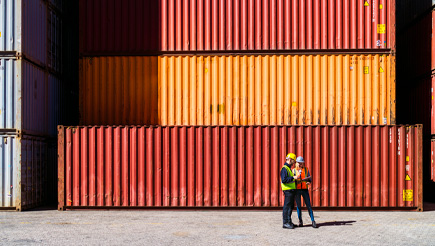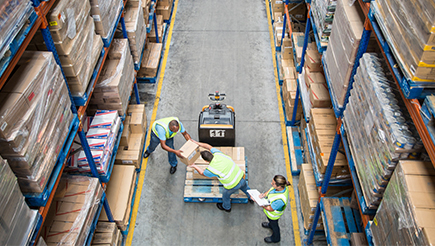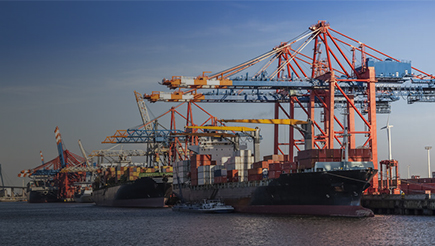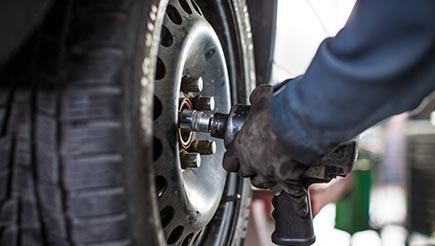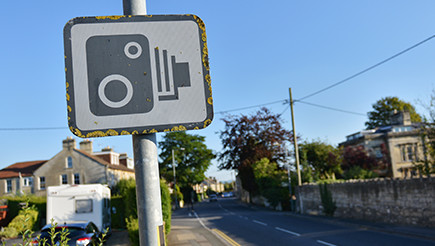With London reaching its legal air pollution limit just one month into 2018, London Mayor Sadiq Khan has announced a major expansion of the Ultra-Low Emission Zone (ULEZ) in a bid to reduce air pollution and harmful emissions in the Big Smoke.
The zone will eventually expand to the North and South circulars and apply to even more vehicles, potentially impacting thousands of small businesses across the South East.
But why are the changes happening, and how can small businesses prepare for them?
What is the Ultra-Low Emission Zone?
The UK’s first Ultra Low Emission Zone (ULEZ) arrives in London on 8 April 2019.
Replacing the T-Charge, the Ultra-Low Emission Zone will initially cover the same area as London’s Congestion Charge zone – though you’ll still have to pay the Congestion Charge on top of your ULEZ charge. However, unlike the Congestion Charge, which is only in place on weekdays, ULEZ charges will operate 24 hours a day, seven days a week, 365 days a year.
ULEZ standards will apply to more vehicles and require higher standards than the Low Emission Zone (LEZ), which covers a wider area and will also still apply. Diesel vehicles that do not meet the Euro 6 standards and most petrol vehicles that do not meet the Euro 4 standard will have to take action or pay.
If you drive a vehicle that doesn’t meet the ULEZ standards and the daily charge isn’t paid, a Penalty Charge Notice will be issues to the vehicle keeper, in addition to any Congestion Charge or Low Emission penalties received.
Why is it changing?
The ULEZ is being introduced as part of the government’s plans to improve air quality. Emissions are no longer viewed as just a quality-of-life issue, but also one that costs society money. A study by the University of Oxford suggested that pollution costs the NHS and wider society £6 billion per year.
London was the first place in the UK to implement a low emission zone (LEZs) scheme, which could roll out to other cities as the battle to improve air quality in urban areas becomes an increasingly pressing issue.
Affecting up to 60,000 vehicles each day, the introduction of ULEZ will mean that more than 100,000 people across the city will no longer live in areas exceeding the NO2 limits. All revenue raised through the zone will be utilised by Transport for London for the upkeep of its greener public transport fleet, helping to reduce pollution levels across the network.
Currently, 15 local authorities in England, including large metropolitan areas like Birmingham, Leeds, Newcastle and Southampton, have been awarded funding to develop their own equivalents.
While details on these new areas are being finalised, Sadiq Khan has already announced the next phase of London’s ULEZ. From 26 October 2020, the area covered by the ULEZ will expand to the North and South circulars and new emissions standards will be applied to buses, coaches and lorries.
How will ULEZ affect van drivers?
The new laws apply to almost all vehicles, including vans. If your business operates within ULEZ zones you’ll need to check whether your vehicle meets ULEZ standards. If it doesn’t, you’ll need to pay a charge of £12.50 for each day you enter the zone.
Some larger vehicles like lorries, horse boxes and removal lorries face increased fees of £100 per day. If you forget to pay the charge, you could face a fine of between £80 and £1,000, depending on the vehicle and how promptly you pay.
You can find the ULEZ zone’s boundaries and check whether individual streets or postcodes fall inside them on the TfL site. TfL also provide a ULEZ standard checker, which lets you enter your vehicle registration number to find out whether your van meets ULEZ standards.
What can businesses do about the ULEZ?
How your business approaches the ULEZ will depend on your location, and how often you’re likely to pass through the zone. If you’re based inside it, you could apply for exemption. This provides a 100% discount until 24 October 2021, when you’ll be expected to have upgraded your vehicle to ULEZ standards.
Those outside of the zone will need to consider whether it makes financial sense to upgrade now to avoid paying the daily charge. Euro 4 standard petrol vans and Euro 6 standard diesel vans meet ULEZ standards, so if you upgrade to a van in these categories you won’t need to pay the charges.
Another option to keep ULEZ costs down could be to establish a delivery hub outside of the ULEZ, making use of ultra-low emissions vehicles exclusively for last-mile delivery within central London.
With the ULEZ expanding once again in October 2020, the next few years are set to be filled with new regulations and commercial vehicle expenses for businesses to consider. However, being as prepared as possible could benefit your business in the long run.
From upgrading your fleet to planning your delivery routes, there are a number of ways you can prepare your business for the ULEZ charges to help prevent your profit margins from being hit too hard.

